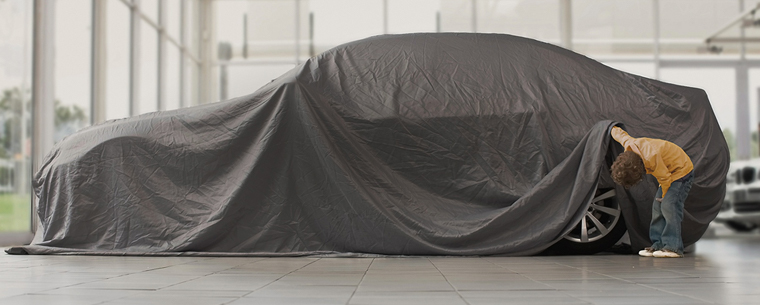The future of driving: relevance
Kwik Fit | Wednesday 10th July 2019 11:39am

With the rapid advancements in technology, key players in the automotive industry have had to adapt and innovate to keep developing solutions which help to keep drivers safe and more comfortable. Issues such as climate change and safety have meant that innovation is constantly necessary. These developments are constantly evolving and shaping the cars we drive and how we drive them. Find out more in our latest blog.
The role of the driver
The role of humans as drivers is consistently changing. With the rise of semi autonomous vehicles and progress towards full vehicle autonomy. Currently, many of the latest vehicles are already able to change lanes and even park themselves. The field of artificial intelligence is also being investigated with autonomous technology. Entertainment in our vehicles is another area that is being investigated by vehicle manufacturers.
Smartphones have changed the way we interact with our vehicles. Most modern vehicles are equipped with smartphone facilities for users to connect with. However, some vehicles go even further than this and can be used to complete tasks such as locking and unlocking doors. You can also complete safety checks such as on tyre pressure and fuel levels.
Cruise control is another area of technology that has been developed in recent years. This facility allows vehicles to adapt to the speed of the car in front of them. This is particularly useful in traffic and can make traffic jams slightly less frustrating. Lane departure warnings are another useful feature of many modern vehicles as they alert the driver if they are drifting outside of their lane. This can help on the motorway as it is easy to accidentally stray into another lane. Especially when driving on the motorway for an extended period of time.
The future of electric vehicles
Car manufacturers are working hard to ensure that vehicles are as environmentally friendly as possible. Governments are pledging to reduce emissions, with the UK Government in June 2019 passing laws to end its contribution to global warming by 2050. This move from the target of at least an 80% reduction from 1990 levels to net zero by 2050 shows an increasing commitment to lowering emissions. The move towards hybrid and electric vehicles is a large part of the process towards lowering emissions and deadlines have been set for the replacement of traditional cars with electric and hybrid ones.
The infrastructure supporting electric cars is also an areas that has received a lot of investment. However, if electric cars are to become as common as the Government hopes, infrastructure needs to be developed even further to ensure that it is sufficient to sustain the increased number of electric vehicles on the road.
The infrastructure surrounding electric cars also needs to be developed to ensure that charging points are easily accessible. Some people with electric cars are installing charging points at their homes. However, the roll out of public charging points has been a gradual process and many more need to be installed to make life convenient for the drivers of these vehicles. As these vehicles become more prominent on the roads, it is essential that they are supported by the infrastructure that they are surrounded by.
The UK Government at the moment provides grants of up to £3500 off an eligible new electric car. The Government also provides grants for the installation of authorised home charging points or you can ask for money from the local authorities to get charge points installed in publicly accessible areas. The Government interest and investment in electric cars is set to increase further as the case for environmentally friendly cars becomes even stronger.
Some electric cars, such as the latest model of the Hyundai Ioniq PHEV are highly efficient in the amount of electricity they use per mile which makes driving a lot more convenient as the driver doesnít have to stop so often to recharge.
What can we expect?
With car manufacturers investing huge amounts of time and money into research and development, the cars of the future could look completely different to the ones we drive today. From environmental concerns to safety and performance, manufacturers are striving to improve the driving experience as much as possible. These innovations will have a huge impact on the vehicles we drive and the way we drive them.
Any facts, figures and prices shown in our blog articles are correct at time of publication.
Featured Articles
How Much Fuel Does Air Conditioning Use?
Thursday 29th May 2025
Your carís air con uses a surprising amount of fuel to keep you cool, especially if itís low on refrigerant & working overtime. Find out the exact figures here.
How Long Does An MOT Take At Kwik Fit?
Friday 23rd May 2025
The yearly MOT test is dreaded by many drivers, but how long does the actual MOT test take, and what goes into it? Hereís what affects the length of your test.
What Are Silent Tyres?
Saturday 3rd May 2025
Looking for a more luxurious, peaceful drive? Silent tyres could be the answer with their clever technology. Discover how these tyres work in our latest blog.









